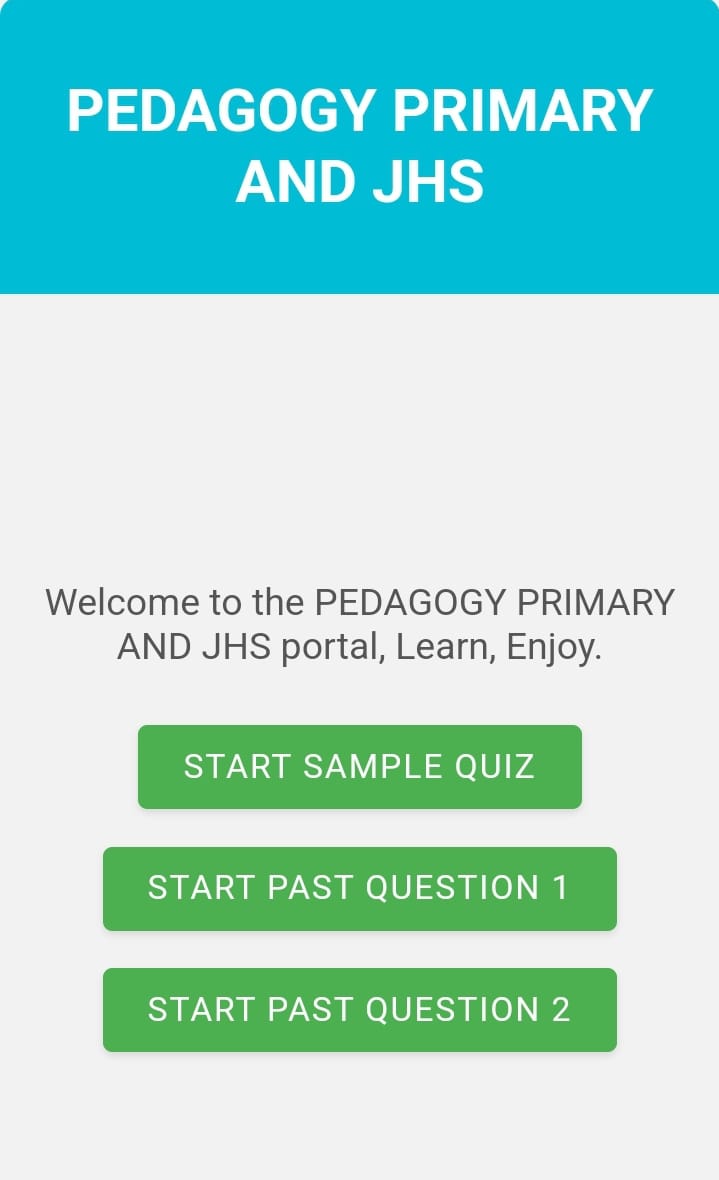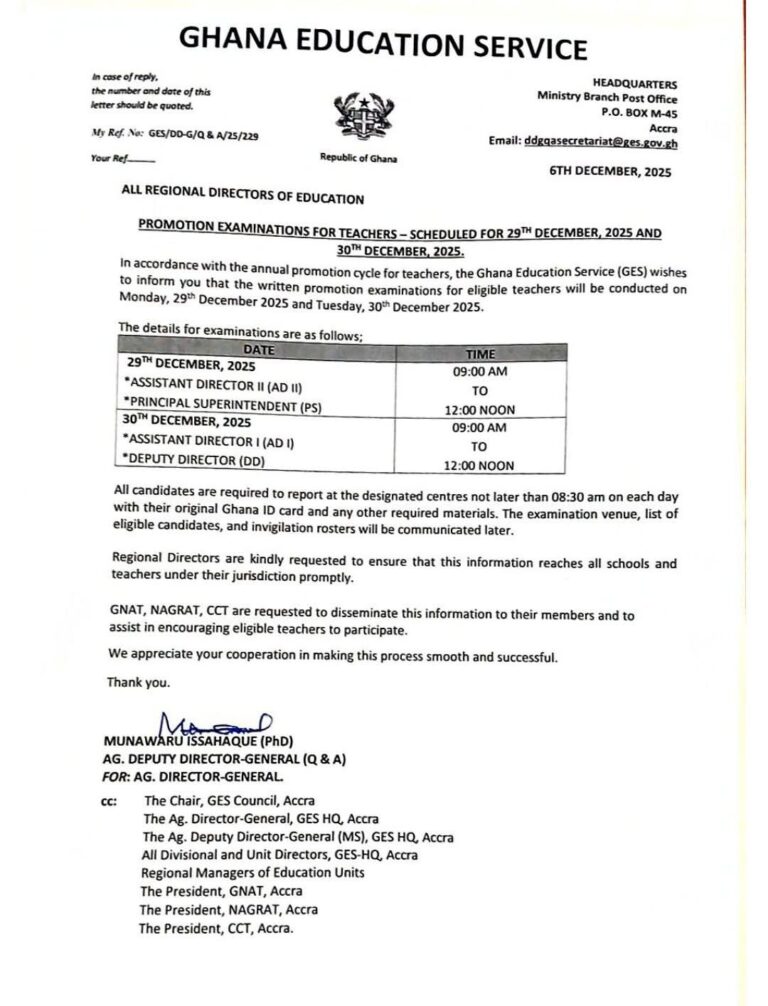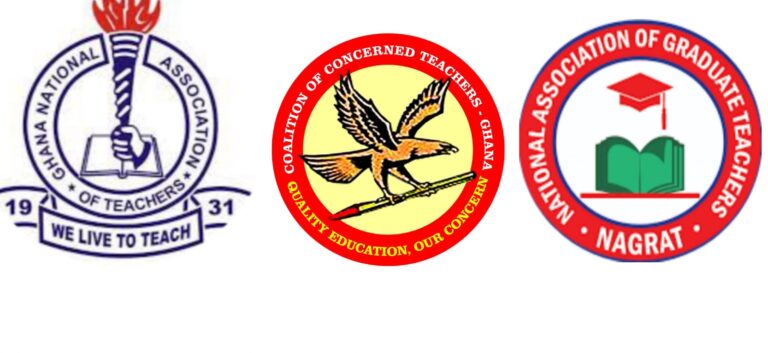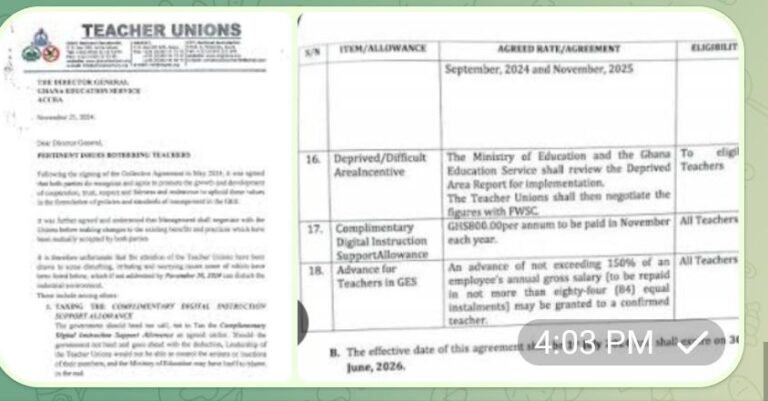
Pedagogy for Primary Education: A Comprehensive Framework
A structured guide to teaching competencies, methodologies, and assessment strategies
Thematic Areas Breakdown
This framework covers 10 key pedagogical areas essential for primary education, outlining competencies, descriptive statements, focus areas, and depth of knowledge.
1. Curriculum Understanding
Competency: Demonstrate understanding of curriculum and syllabus
| Descriptive Statements | Areas of Focus | Depth of Knowledge |
|---|---|---|
| • Explain curriculum vs. syllabus concepts | • Curriculum philosophy & objectives | Level 2-3 (Understanding/Applying) |
| • Differentiate standard-based vs. objective-based curricula | • Core competencies development | |
| • Analyze curriculum components & terminologies | • Types of curriculum |
2. Teaching Methods
Competency: Apply diverse teaching methodologies
| Key Points | Instructional Strategies |
|---|---|
| Teacher-Centered: Lecture, demonstration | Factors Influencing Choice: Class size, resources, learning objectives |
| Learner-Centered: Role-play, group work | Complementary Roles: Blending both approaches for engagement |
DoK Level: 25% Recall, 50% Application
3. Differentiation & Scaffolding
Competency: Adapt instruction to diverse learners
Core Concepts:
-
Vygotsky’s Zone of Proximal Development
-
Learning styles (Visual/Auditory/Kinesthetic)
-
Scaffolding techniques (Modeling → Fading)
Classroom Application:
“Use tiered assignments to address varying skill levels while progressively reducing support.”
4. Inclusive Education
Competency: Manage inclusive classrooms
| Challenges | Strategies |
|---|---|
| Limited resources | Universal Design for Learning (UDL) |
| Diverse learning needs | Peer-assisted learning |
DoK Focus: 30% Analysis (Designing inclusive activities)
5. Lesson Planning
Competency: Develop effective lesson plans
Essential Components:
-
SMART Objectives (Specific, Measurable, Achievable, Relevant, Time-bound)
-
Structured Phases: Introduction → Development → Consolidation
-
Assessment Alignment
Pro Tip:
“Label each plan section clearly for easy evaluation and adaptation.”
6. Instructional Resources & ICT
Competency: Utilize teaching aids effectively
| Resource Type | ICT Tools | Challenges |
|---|---|---|
| Visual aids (charts) | Interactive whiteboards | Limited access |
| Manipulatives (blocks) | Educational apps | Tech literacy |
Innovation Idea:
“Create low-cost DIY resources from recycled materials.”
7. Classroom Management
Competency: Maintain productive learning environments
Key Techniques:
-
Seating Arrangements: U-shape for discussions, clusters for group work
-
Behavior Management: Positive reinforcement systems
-
Time Management: Visual timers, transition signals
8. Questioning & Feedback
Competency: Implement Bloom’s Taxonomy questioning
Question Levels Examples:
-
Recall: “What are the parts of a plant?”
-
Analyze: “Why do desert plants have thick stems?”
-
Create: “Design an experiment to test plant growth factors.”
Feedback Rule:
“Use the ‘PQQ’ method: Praise → Question → Question to deepen thinking.”
9. Student Motivation
Competency: Apply motivational theories
| Motivation Type | Strategy |
|---|---|
| Intrinsic | Choice boards for self-directed learning |
| Extrinsic | Reward systems with growth-focused criteria |
10. Assessment Practices
Competency: Distinguish assessment types
Assessment Matrix:
| Type | Purpose | Example |
|---|---|---|
| Diagnostic | Identify baseline knowledge | Pre-tests |
| Formative | Guide instruction | Exit tickets |
| Summative | Evaluate learning | End-term exams |
Table of Specification: Pedagogy for Primary
| Content Area | Recall (15%) | Understanding (25%) | Application (30%) | Analysis (30%) |
|---|---|---|---|---|
| Curriculum | ✔ | ✔✔✔ | ✔✔✔ | ✔✔ |
| Teaching Methods | ✔✔ | ✔✔✔ | ✔✔✔ | ✔✔✔✔ |
| [Full table continued…] |
Key:
-
✔ = Coverage intensity per cognitive level
-
Total Weight: 100% balanced across knowledge dimensions
For the past question, click here: https://ntc.gov.gh/practice_test/pedagogy_pri_jhs/
For more updates, click:
Follow us on WhatsApp for more updates: https://whatsapp.com/channel/0029VaCyYGIFHWpx22L38a2K
Seekers Consult
Contact Us for Your Study Abroad Journey
We search for schools and check available scholarships for you
Contact: 0550414552 / 0362297079
Loan for government workers
Transcript Application
English Proficiency
Recommendation letter
Project work/thesis for undergraduate, master’s, and PhD students.




